Results show reduction in Vibrio bacteria, improved survival
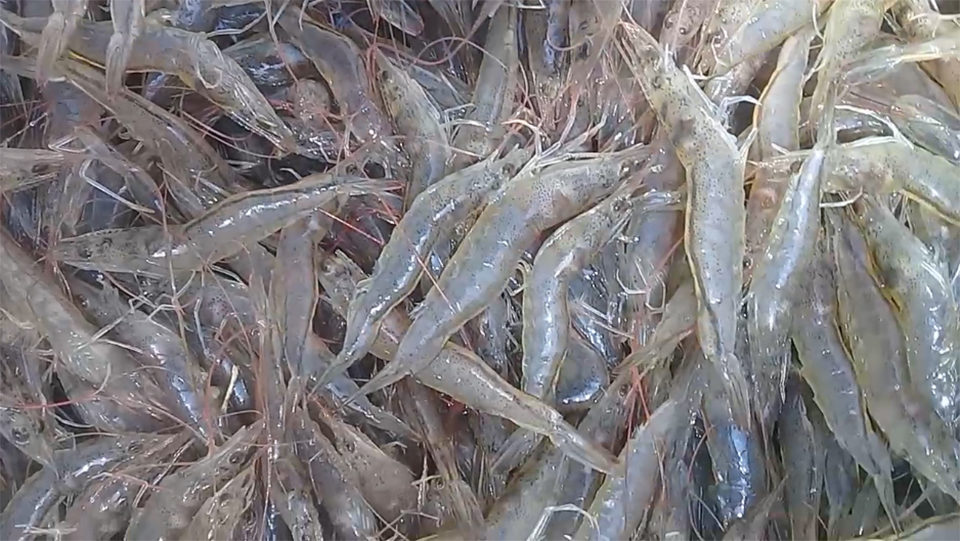
Sustainable aquaculture development requires disease prevention strategies. Within the last twenty years, the global shrimp industry has suffered from great economic losses due to viral, bacterial and fungal diseases caused by pathogens such as white spot disease virus (WSSV), Taura syndrome virus (TSV), Vibrio parahaemolyticus and Vibrio harveyi. Understanding the interaction of shrimp immunity, diet and environment is critical to the successful implementation of strategies to ameliorate the effect of these pathogens.
Beginning in approximately 2009, a new, emerging disease called Early Mortality Syndrome or EMS – more descriptively called Acute Hepatopancreatic Necrosis Disease or AHPND – began to cause significant production losses in southern China. As has been the case with other epizootic shrimp diseases, EMS was causing serious production losses in affected areas and is also impacting employment, social welfare, and international markets.
An example of the typical pathology of the hepatopancreas of AHPND infected shrimp can be seen in Fig. 1.

Experimental setup
Skretting Aquaculture Research Centre (ARC) undertook a series of experiments to investigate if its functional diet Lorica could reduce the mortality associated with the disease. These experiments included in vitro, in vivo and also field trials. Candidate functional ingredients were screened in vitro for anti-bacterial activity against V. parahaemolyticus and V. harveyi. After potential ingredients were identified, both the singular ingredients and their combinations were tested in vivo at the University of Arizona Aquaculture Pathology Lab (Tucson, Arizona USA) to a standardized protocol.
Triplicate tanks of 1-gram shrimp were either fed control-based diets (not including functional ingredients) or the functional diets for a period of 21 days prior to challenge with AHPND-causing V. parahaemolyticus. The challenge was either per os, by the soaking of feed, or immersion whereby a bacterial suspension was added directly to the tank containing the shrimp.
Results
The results showed a mortality of 96 percent in the control fed group, whereas in the group fed Lorica’s functional ingredients the mortality was approximately 50 percent. This represents a relative percent survival increase of 48 percent (Fig. 2). Note that there was mortality in the Lorica fed group, so it is clear that all animals in all tanks were infected, which was confirmed by histological scoring of the hepatopancreas (HP).
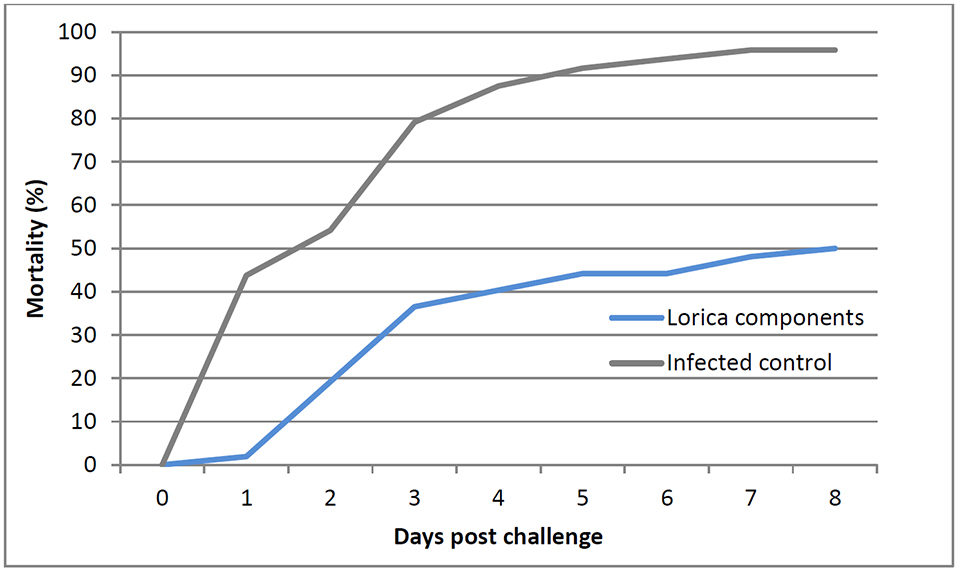
In order to confirm if the results were reproducible, an independent test at the AquaMekong ShrimpVet Lab in Vietnam under similar testing conditions (21 days feeding pre-challenge; control and functional diet: 4 replicate tanks per treatment group) was conducted.
These results showed the mean mortality for Lorica peaked at 46 percent, whereas the control reached a mean mortality of 70 percent, at eight days post infection. This represents a relative percent survival increase of 34 percent (Fig. 3). While the effect was not as large as that seen at the University of Arizona, it did nevertheless reduce mortality, and again the survival curve displays some mortality that plateaus, so we knew the diet was being effective in stopping the disease. The infection was confirmed in this experiment by the use of histology; these results also demonstrated that the animals fed Lorica were able to recover quickly after the infection. In short, Lorica not only shielded the animals but also supported them during the infection.

Skretting ARC then confirmed the appropriate feeding protocol, both feeding period prior to challenge and the optimum feeding frequency. As shrimp do not have an immunological memory, and the fact that the diet is both bacteriostatic and reduces toxin production, means that the diet must be present within the animal to be active. Thus, the feeding frequency – a minimum of 4 meals per day – is required to maintain efficacy of the diet. During field trials optimum growth was seen to be at six meals per day or more. Thus, our company recommends that the feed is fed at least six times per day.
Field trial results from Skretting Ecuador showed the beneficial effect of diets on survival and, subsequently, pond productivity. At the end of the production cycle, in an intensive system (32 per square meter), a difference of more than 25 percent survival was found among the Lorica treatment and the control. When the yield is analyzed in terms of pounds per hectare per day (Fig. 4), an increase greater than 60 percent is observed as a consequence of the greater survival and the higher rate of growth (Fig. 5). The growth was higher for the group of shrimp fed with Lorica, followed by the feed with other additives and greater difference with the control.
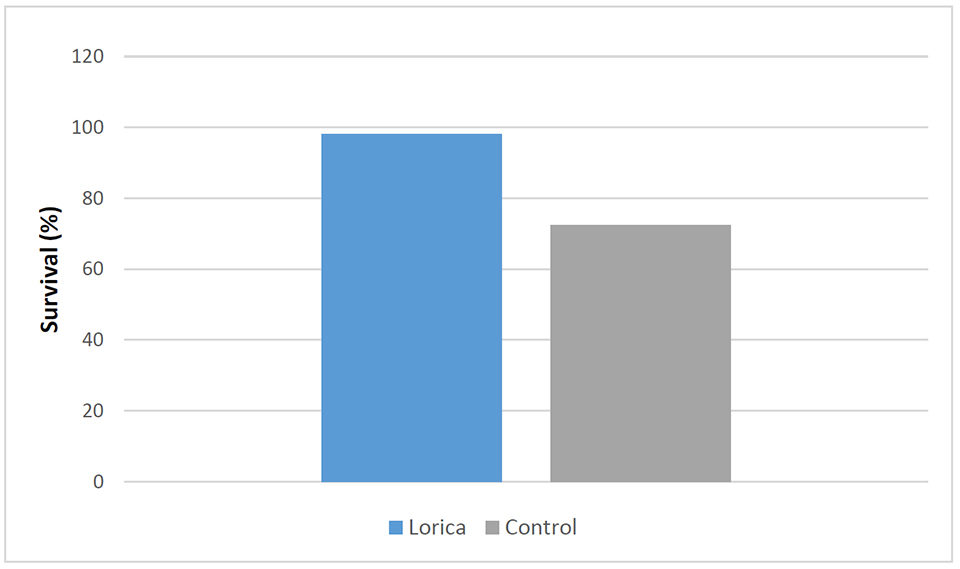
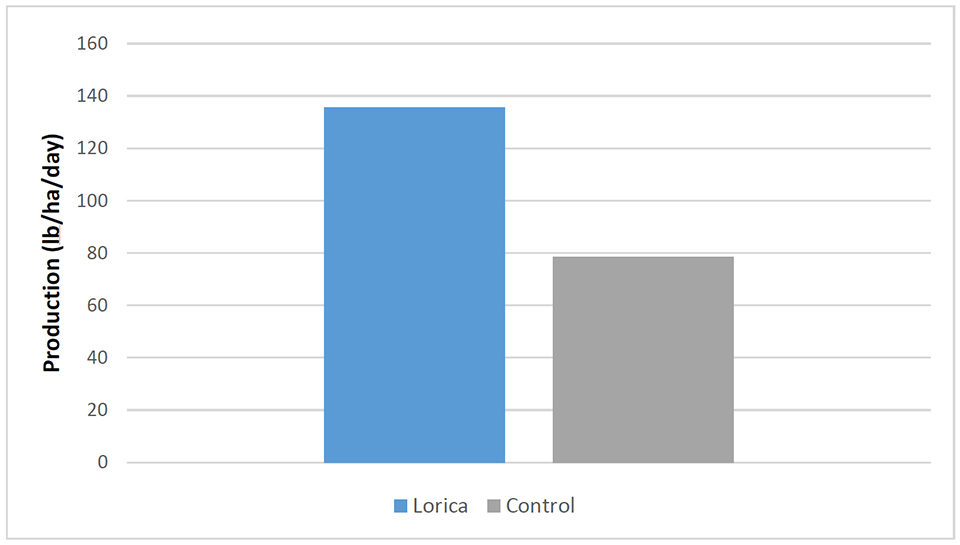
Perspectives
We have demonstrated the efficacy of the functional diet Lorica in laboratory trials as well as field trials. The functional ingredients are proven to reduce Vibrio bacteria in vitro, and promote survival during in vivo challenge trials at two independent research facilities. The laboratory results were further corroborated by field trials that showed Lorica improved both survival and ultimately pond productivity. The use of Lorica is a valid alternative to the use of antibiotics, particularly considering that these compounds do not require time of withdrawal before the harvest, nor do they cause resistance in the pathogenic bacteria present in the culture system.
References available from first author.
Now that you've reached the end of the article ...
… please consider supporting GSA’s mission to advance responsible seafood practices through education, advocacy and third-party assurances. The Advocate aims to document the evolution of responsible seafood practices and share the expansive knowledge of our vast network of contributors.
By becoming a Global Seafood Alliance member, you’re ensuring that all of the pre-competitive work we do through member benefits, resources and events can continue. Individual membership costs just $50 a year.
Not a GSA member? Join us.
Authors
-
Matthew A.G. Owen, Ph.D.
Senior Researcher
Skretting Aquaculture Research Centre
PO Box 48, N-4001 Stavanger, Norway -
Charles McGurk, Ph.D.
Health Manager
Skretting Aquaculture Research Centre
PO Box 48, N-4001 Stavanger, Norway -
Polyana F. Silva, Ph.D.
Researcher
Skretting Aquaculture Research Centre
PO Box 48, N-4001 Stavanger, Norway -
Cesar Molina-Poveda, Ph.D.
Research and Development Manager
Skretting Ecuador
Código Postal 090701, Km 6.5 vía Durán-Tambo
Durán, Ecuador
Tagged With
Related Posts
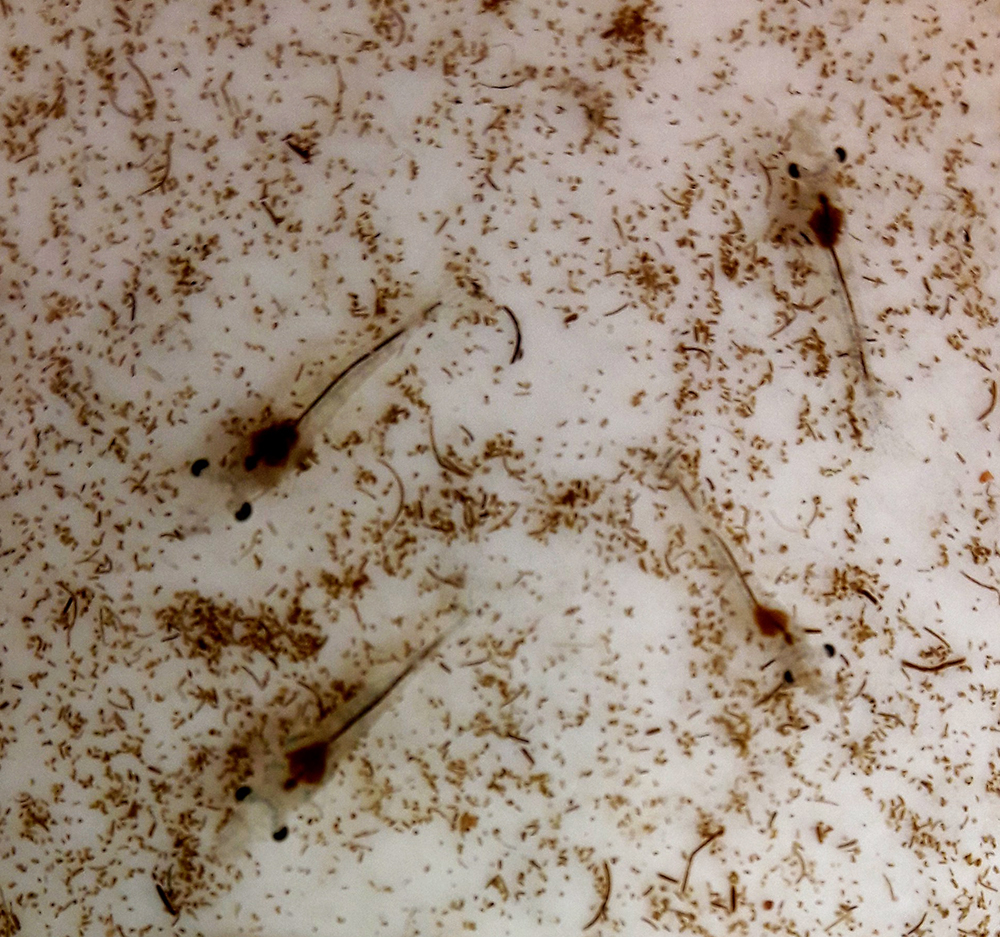
Health & Welfare
Clinical case report: EMS/AHPND outbreak in Latin America
Behind the successful control of Early Mortality Syndrome (EMS), or Acute Hepatopancreatic Necrosis Disease (AHPND), in a Latin American shrimp nursery.
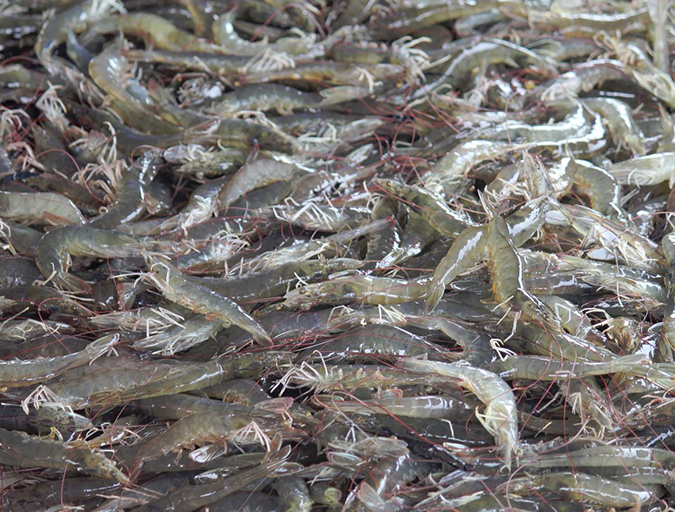
Health & Welfare
Four AHPND strains identified on Latin American shrimp farms
Two virulence genes are known to encode a binary photorhabdus insect-related toxin that causes acute hepatopancreatic necrosis disease in shrimp. The pathogenicities of these V. campbellii strains were evaluated through laboratory infection and subsequent histological examination in P. vannamei shrimp.
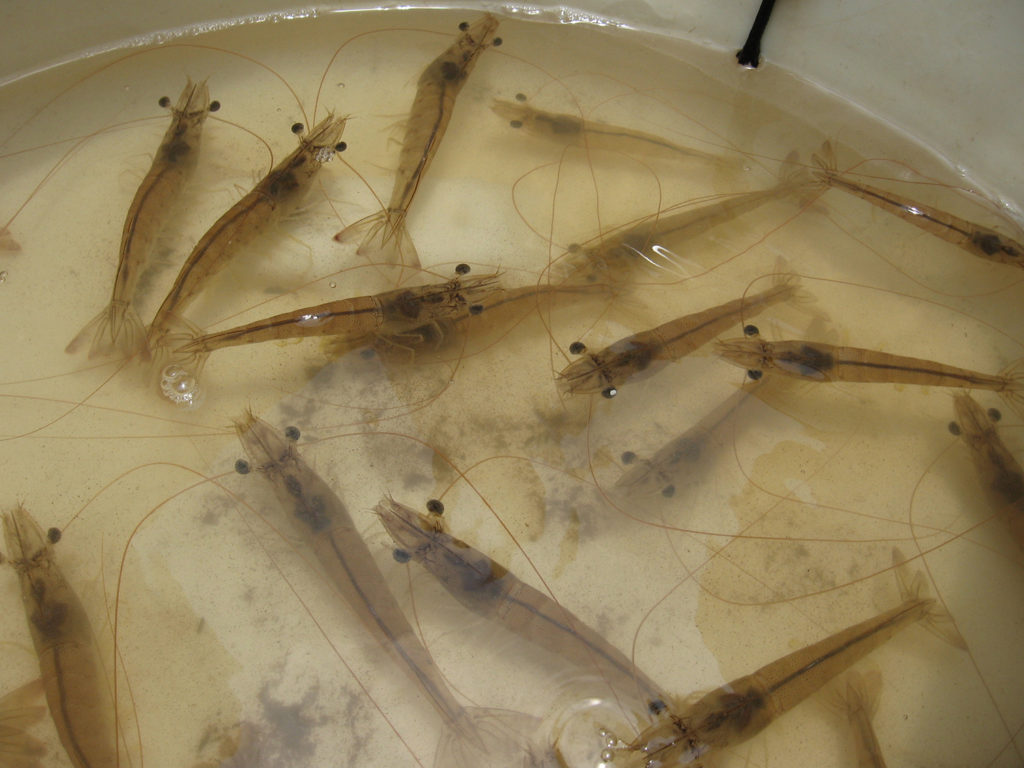
Health & Welfare
Cost-effective biosecurity crucial for shrimp farming
Many shrimp producers give only perfunctory attention to routine biosecurity at hatcheries and farms. A cost-effective biosecurity program for farmed shrimp requires reliable diagnostic tools to make timely decisions to control or exclude pathogens.

Health & Welfare
Potential applications of bacteriophages for AHPND control
Study demonstrates that isolated phages tested are effective in controlling AHPND infection in farmed penaeid shrimp and inhibiting bacterial growth.



